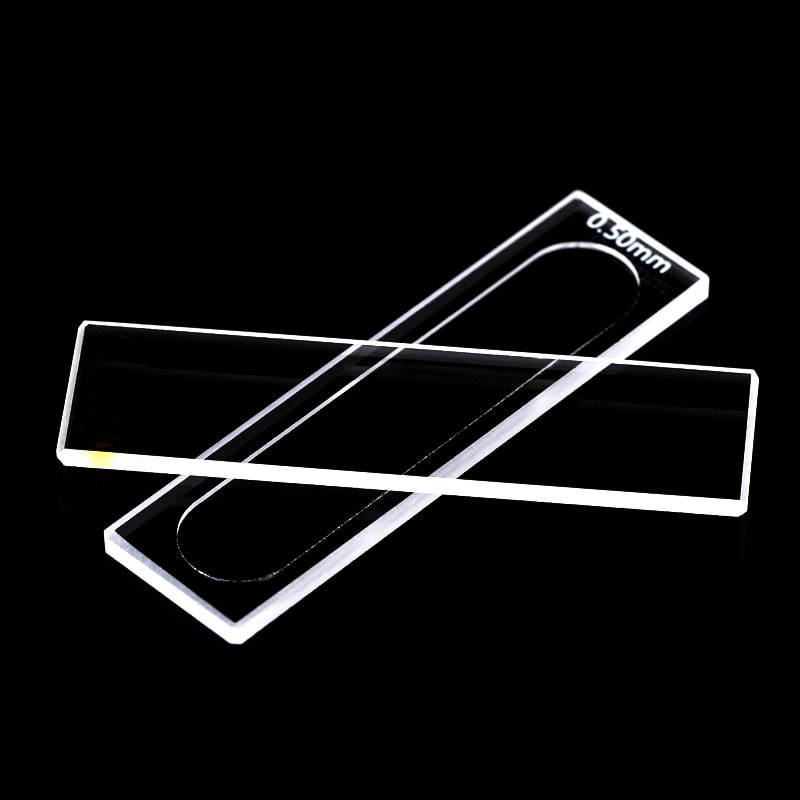The spectrotometry method, which exposes the mechanisms behind light transmission and absorption across specific wavelengths, is an important method for scientific discovery. Its heart is the cuvette a humble yet essential vessel that stores samples to be analysed. Although they may appear straightforward however their intricate layout that spans from the length of the paths for cuvettes to the selection of materials and the choice of material, are what provide accurate details about the substance’s concentration and the purity of the substance. Let’s dive into this fascinating universe where cuvette size and dimensions shape the outcome of every test.
The Power of Cuvette Path Length
Imagine a light beam passing through a fluid sample. What happens is dependent on the length of the cuvette or the distance over which light travels. A lot of labs employ standard cuvettes with a 1 cm path. This is the ideal option for balancing practicality and sensitivity. What is the significance of this? The longer the distance and the longer it is, the more light will be absorbed. This increases the signal in small samples. For concentrated solutions, such as nucleic or protein acids, a shorter route length can change the game. It eliminates the need for dilution while preserving precious samples while cutting down the time needed to prepare. What’s the main takeaway from this? It’s an art ensure that the length of a path is in line with sample needs. This improves accuracy.

Image credit: cuvet.co
Cuvette Dimensions and Size More than meets the Eye
Size of the cuvette doesn’t simply refer to how much liquid can fit inside, but also how the vessel works with the spectrophotometer. Cuvettes come in a range of sizes and shapes which are suited to particular job. Semi-micro cuvettes for instance have smaller dimensions and thicker wall thicknesses are made to hold tiny amounts of sample. Think of a tiny amount of nanoliters or perhaps a rare biological extraction. Thicker walls shrink the internal space, allowing light to flow through a condensed sample without loss of a drop. This is an enormous improvement over a conventional cuvette. It requires fewer steps to pipette, is less susceptible to errors and gives results that are accurate. It’s an innovative tweak that will show that size isn’t just a number it’s strategy.
The 1cm Length of the Path Cuvette A Lab Favorite
Why does the 1 cm path length cuvette reign supreme in so many experiments? It is ideal for biological measurements when samples are scarce and milliliters are a lot. This traditional design gives consistent results of absorbance, without overburdening the detector. It’s suitable for all kinds of tests, including DNA purity tests to enzyme tests. This is not a hero for all situations. Switch it to one with a different path length or shape, such as one intended for emission studies and the results could skew in a wide range. It is vital to choose the right instrument and not one you feel most comfortable using. A tool that isn’t matched is comparable to a cuvette not properly matched.
Material Matters Beyond Path and Size
Cuvette dimensions tell only half the story. The material selection makes a difference. The high transmission rates of quartz and glass cuvettes allow light to move through them without interference. They’re durable, reuseable and suitable for demanding spectroscopy jobs. On the flip side plastic cuvettes can bring value and ease of use to the table. They don’t require cleaning, there’s no cross-contamination just use and throw away. These are perfect for tests using aqueous solutions or DNA/RNA tests. The trade-offs? The trade-off? The purists would prefer quartz and pragmatists might choose plastic.
Perfect Practice and Precision
The appeal of cuvettes lies in their versatility. With spacers, narrow pathways can be used to handle large quantities of samples. Larger vessels are better suitable for bigger volumes. Each choice of path size and length and the kind of material can have a ripple effect on the research. This can affect how clear the final result is. Take a look at a lab that is measuring the rare protein, A semi-micro cuvette that has the shortest path can avoid dilution headaches, delivering trustworthy information quickly. Compare that to a careless changing of cuvettes during the middle of an experiment and you’ll see numbers fall. It’s a reminder that in spectrophotometry, even the smallest details wield the biggest impact.
Cuvettes might be small but their importance is huge. These vessels, which range from a 1 centimeter cuvette’s length, to custom dimensions, are able to bridge the gap between the measurement and the understanding. When it comes to precision or purity with the proper cuvette, it can transform an accurate measurement into an outstanding one proof that precision in science is based on the instruments at hand.